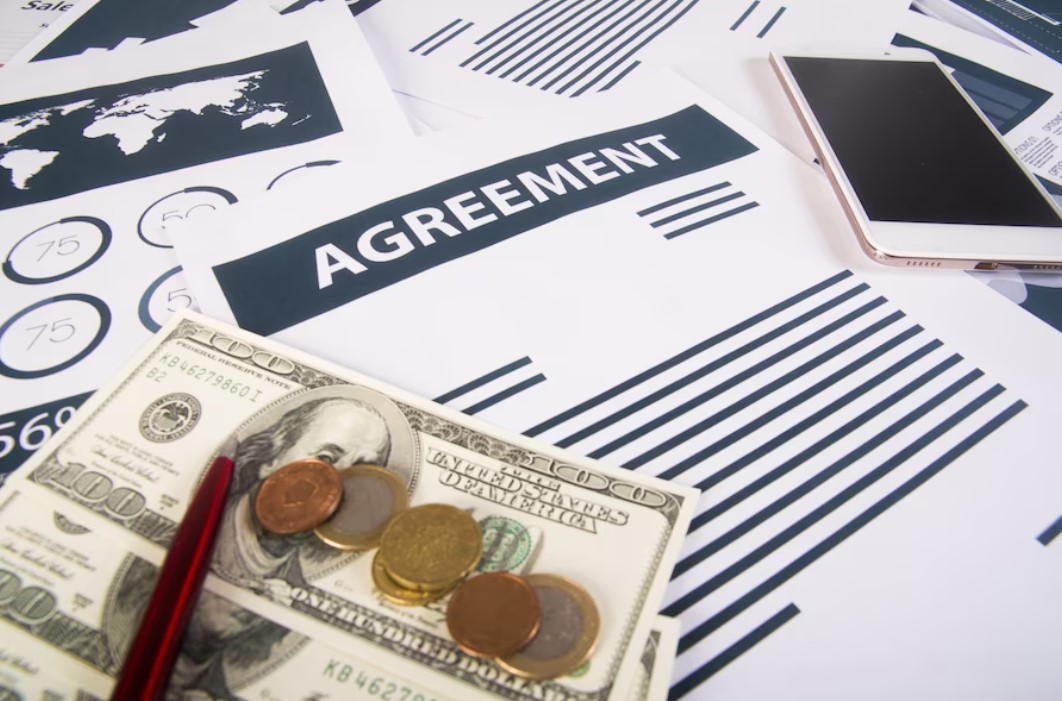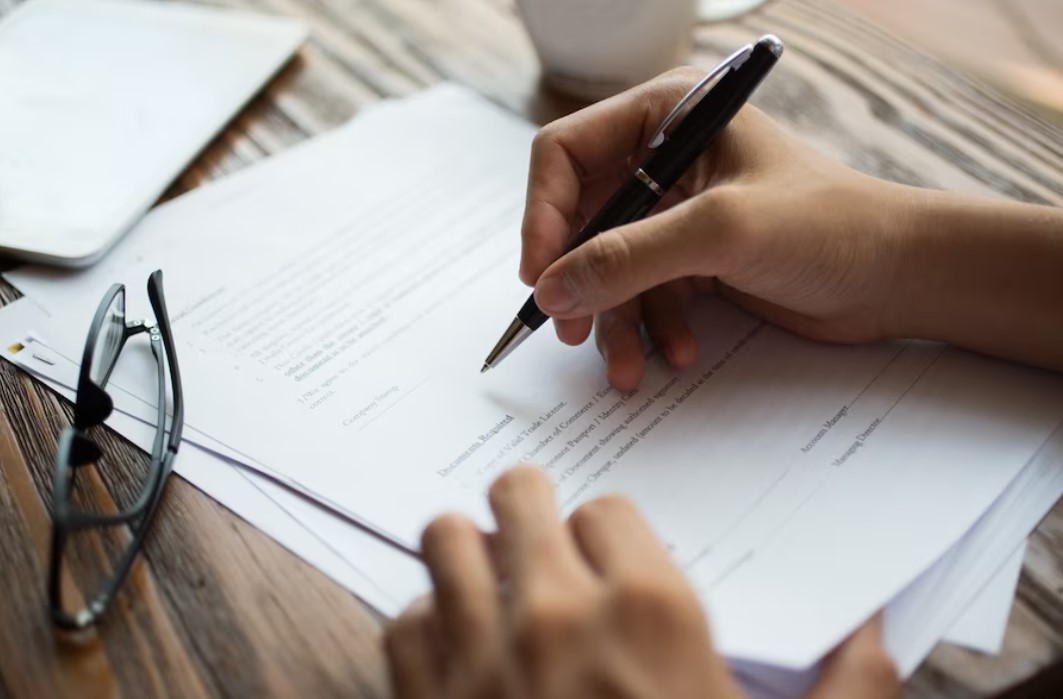How To Use Government Grants For Air Purifiers
In an era where air quality concerns have reached unprecedented levels, governments worldwide are taking proactive measures to safeguard their population’s well-being. As part of these efforts, increasing government grants for air purifiers aims to provide individuals and communities with access to cleaner and safer indoor environments. These programs reflect the government’s commitment to long-term environmental sustainability and address the immediate health risks posed by airborne pollutants.
By extending financial support for adopting air purifiers, governments are giving households, schools, and public spaces the tools to combat the adverse effects of pollution and promote respiratory wellness. Throughout this article, we will discover some government grants for air purifiers and the requirements for applying.
Government Grants for Air Purifiers Opportunities

Government grants are a valuable resource for organizations, institutions, and communities aiming to enhance indoor air quality by integrating air purifiers. The following are government grants for air purifiers to enhance air quality.
American Rescue Plan Act of 2021
The American Rescue Plan (ARP) delivers $126 billion in direct relief, with the largest share, approximately $168 billion, allocated to education systems. Its primary aim is to facilitate the reopening of schools, address learning loss, and cultivate a healthy learning environment by enhancing indoor air quality in schools. A portion of ARP’s funding is also channeled into the Education Stabilization Fund (ESF), which supports indoor air quality improvements for the education sector.
ARP supports small businesses through several programs, including grants from the Small Business Administration (SBA). These funds can be utilized to sustain operational needs and regular business expenses. Low-income businesses can also benefit from the EIDL Advance (refer to the FAQ here). The loan has a 30-year maturity, enabling the use of funds for working capital and standard operational costs.
The Coronavirus Aid, Relief, and Economic Security (CARES) Act
In March 2020, The Coronavirus Aid, Relief, and Economic Security (CARES) Act was enacted, designating $13.2 billion to support online learning and aid schools in acquiring personal protective equipment (PPE) for teachers, as well as supplies for sanitizing classrooms.
- Education: $54.3 billion is allocated for K-12 schools’ emergency relief funds. These funds include enhancements such as HVAC system repairs and improved air quality, with part of ESSER I under CARES.
- Childcare: An allocation of $10 billion is set aside to support childcare services.
- Healthcare: Healthcare providers are under the CARES Provider Relief Fund.
- Businesses: Businesses can register for the Payroll Protection Program to offset costs for indoor air purifiers.
The Coronavirus Response and Relief Supplemental Appropriations Act (CRRSA)
The Coronavirus Response and Relief Supplemental Appropriations Act (CRRSA), signed in December 2020, designates $54.3 billion as additional budgetary support for reopening targeted sectors.
Within the framework of CRRSA, the ESSER II (Elementary and Secondary School Emergency Relief Fund) provides support that can be allocated to different initiatives to enhance indoor air quality within school premises. These funds can be used for various purposes, including evaluating, testing, maintaining, fixing, substituting, and enhancing projects to elevate indoor air quality within school facilities. This encompasses mechanical and non-mechanical systems related to heating, ventilation, and air conditioning, along with activities involving filtration, air purification, additional air circulation, control systems, and even the restoration or replacement of windows and doors.
The funding for ESSER II is from The Office of Elementary and Secondary Education. Information about the program can be found here.
The provisions of ESSER II are well-documented, enabling local education agencies (LEAs) to utilize these funds for various purposes outlined in section 18003(d) of the CARES Act. These include planning for long-term closures, training, purchasing sanitization supplies and educational technology, organizing summer learning activities, and any other activities to ensure operations.
Grants by Department or Jurisdiction
Government grants for air purifiers can be accessed through The US Department of Health and Human Services (HHS) and various local programs. Funds from the State and Local Coronavirus Fiscal Recovery Funds, accessible through the US House Committee on Oversight and Reform, are also available. The purposes for which these funds can be utilized include:
- Addressing or alleviating the public health crisis caused by COVID-19 or its negative economic repercussions.
- Covering expenses incurred due to the COVID-19 emergency.
- Replacing lost, delayed, or reduced revenue due to the COVID-19 emergency (as of January 27, 2020).
- Addressing the adverse economic impacts of the COVID-19 disease.
Eligibility Requirements for Government Grants for Air Purifiers

Requesting government grants requires a systematic approach to guarantee a thorough and precise application submission. To qualify for these grants, applicants compulsorily meet the specific eligibility criteria outlined below:
Income requirement
Applicant’s income must fall within the designated range to be considered for government grants. These requirements are in place to ensure that assistance is directed toward individuals who genuinely need support. Be prepared to provide documentation of your income, such as tax returns or pay stubs, during the application process.
Location requirement
Government grants may have geographical restrictions to target areas with higher pollution levels or specific environmental concerns. Make sure that your residence falls within the grant program’s coverage area. Your location may be verified through your residential address or other relevant documents.
Other requirements
Some grants may have additional eligibility criteria based on factors such as household size, health conditions, or the presence of vulnerable individuals such as children, the elderly, or individuals with respiratory issues. These requirements prioritize those most susceptible to the adverse effects of poor indoor air quality.
How to Apply for Government Grants for Air Purifiers

Applying for government grants involves a step-by-step process to ensure that you submit a complete and accurate application. The following steps will help you increase your chances of a successful application:
Step 1: Find eligible grants
First, you need to do some research and identify government grant programs that provide funding for air purifiers. Visiting official government websites, community organizations, or environmental agencies is also a great way to find information on available grants. Then, make note of the application deadlines and any specific requirements for each grant.
Step 2: Gather the required documentation
It is vital to collect all necessary documents to support your grant application. This may include proof of income, identification, residency verification, medical records (if applicable), and any other supporting materials specified by the grant program.
Step 3: Complete the application form
You must carefully fill out the application form from the relevant government agency or organization provided. To ensure all required fields are accurate, you should double-check the information to avoid errors or omissions that could delay the processing of your application.
Step 4: Submit the application form
Lastly, you can submit your application form along with the required documentation. This can involve mailing physical copies or submitting them online through a web portal. Make sure to keep records of your submission, including confirmation emails or receipts, as proof of your application.
Bottom Line
As the world continues to navigate health challenges and prioritize well-being, the significance of indoor air quality cannot be overstated. By keeping yourself updated about government-sponsored programs, you can increase your chances of securing government grants for air purifiers, which can significantly enhance the air quality within your home and contribute to a healthier living environment.
It is also important to note that government grants for air purifiers can change over time, and new opportunities may arise. Stay informed by regularly checking government websites and local resources for updates on available grants and application procedures.
Related Articles